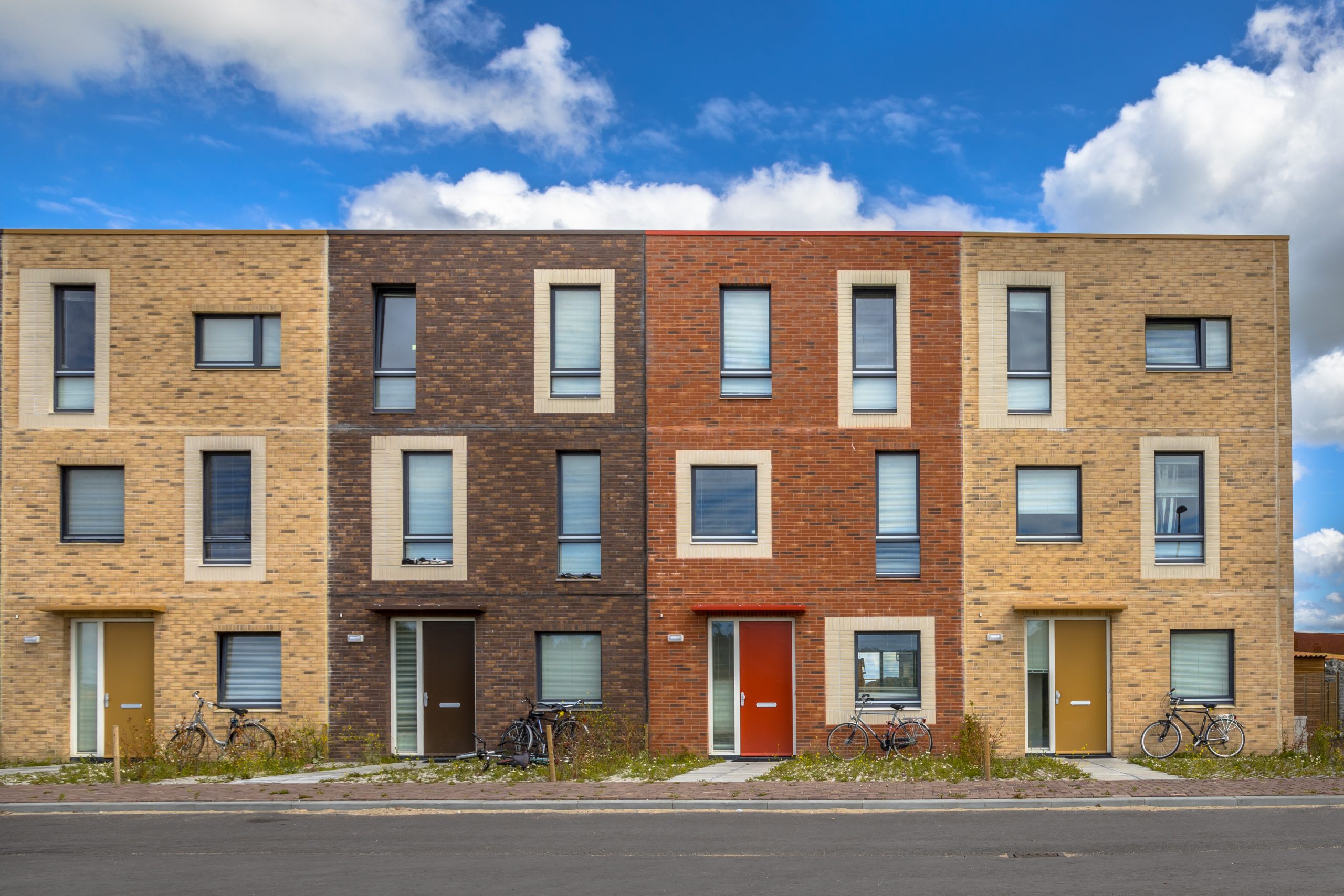
On 7th of April 2022 Caroline Thorpe wrote in inside housing about how social landlords have implemented rent rises. According to her,
English landlords could hike social rents by up to 4.1 percent in April, but Scottish and Welsh landlords have been debating whether or not to raise prices. However, in the midst of the current cost-of-living crisis, this is not an easy option to make. Inside Housing polled housing associations and councils in the United Kingdom to find out what they’ve chosen.
Landlords in England have until the end of the month to raise social rents by up to 4.1 percent, at a time when many renters are suffering an unprecedented cost-of-living crisis. “If ever there was a year to soft-peddle on the maximum uprating, that year is 2022,” the Resolution Foundation thinktank said in a research on social rents published in December.
Few landlords have taken the advise since they are facing financial difficulties. According to a new Inside Housing survey of 243 UK social landlords, nearly nine out of ten (91%) of UK-wide housing associations polled are raising rents by the maximum 4.1 percent, while nearly four out of five (81%) of English councils are doing the same.
“The situation really is so grave for those at the bottom of the income distribution”
The average UK housing association rent increase is 4%, according to those questioned. All of the English associations polled increased their rents by the maximum amount.
On average, English authorities increased bills by 3.75 percent. Only two English councils have chosen to freeze rents for the coming year: Wandsworth and Dartford.
For social landlords, raising the cost of living in their apartments is a difficult decision. Along with rising rents, tenants are facing a 54 percent increase in the cap on energy bills this month, resulting in average yearly increases of £693 to £708 for 22 million families.
There are also higher National Insurance contributions for people who work for a living, as well as a 30-year high of 6.2 percent inflation as the cost of food, commodities, and services continues to grow.
However, landlords face increased financial pressures in the four years leading up to 2020, including the same inflationary pressures, unusual pandemic and building cleanup costs, and the continuous impact of state-mandated rent reductions.
Meanwhile, hopes that chancellor Rishi Sunak would use last month’s Spring Statement to provide substantial support to poor families were dashed. Critics claim that an additional £500 million for the Household Support Fund, which assists low-income families, is insufficient.
In this environment, landlords must strike a delicate balance between fulfilling the urgent demands of their renters and the long-term financial stability of their businesses. So, what are their options?
The logic for social housing providers choosing to raise rents by a maximum of 4.1 percent – a cap based on September’s Consumer Price Index (CPI) inflation rate plus 1% – is evident. Rent increases assure “important investment work,” according to a representative for the G15 group of housing groups.
“Rent revenues have enabled G15 members to invest about £900 million in inhabitants’ houses this year alone.” Over 1.3 million repairs have been completed, along with 15,500 new kitchens and roofs, and more than 21,000 new bathrooms and windows,” they say.
“As with all housing providers, construction expenses, energy prices, and other costs are rising significantly faster than inflation, putting additional strain on resources.”
Lindsay Judge, a co-author of the Resolution Foundation paper, sympathises with landlords, admitting that “they are stuck between a rock and a hard place” when it comes to rent-setting. She goes on to say that the recent hike in interest rates in the United Kingdom “must make their balance sheets look [even] more problematic.”
Ms Judge’s main concern is for low-income social renters, as well as the 44 percent of social tenants – more than two million people – who do not receive housing assistance, which covers many rent increases. “The situation for individuals at the bottom of the income distribution is quite dire,” she continues.
Such concerns are shared by Rachelle Earwaker, an economist at the Joseph Rowntree Foundation (JRF). “We completely understand why so many social landlords have to raise rents. “Based on costs, that’s a difficult decision,” she says. “However, tenants are becoming increasingly concerned.”
“[During the pandemic] we’ve learned a lot about what a really effective arrears strategy looks like and we have to continue with that”
According to the JRF, social tenants in England should expect to spend an extra £202 in rent each year on average.
“Social landlords can play an important role in advising renters on what they can do before a crisis occurs.” Many tenants, for example, are unaware that debt counselling is available, so pointing them in the right direction is critical,” says Ms Earwaker, who adds that social renters benefit from better ties with their landlords than their private sector counterparts.
“The only thing landlords can really offer is things like money management counselling, and then if people fall into arrears…,” Ms Judge agrees. [We’ve learned a lot about what a truly good arrears approach looks like throughout the epidemic, and we need to keep doing that].”
“The problem arises when people don’t have enough money.” When someone in arrears can’t make [rent payments], it’s a true crisis. Those who are not on benefits but are low-paid are the most vulnerable, as they do not have benefits to fall back on. Ms Judge continues, “Traditionally, they’ve been the group with whom housing associations haven’t had to do much work.”
The small number of UK housing providers who have chosen lower rent hikes or even rent freezes are attempting to lessen the magnitude of such issues in their communities.
Wandsworth Council has frozen rents in “recognition of the financial constraints renters are facing with rising household expenditures across the board,” according to a spokesperson. The policy would be paid for “from reserves and absorbed within the Housing Revenue Account business plan,” according to the company.
“This rent freeze will make a difference as we confront a cost of living issue,” Patricia Chapman, tenant and leaseholder forum chair, said in Dartford, where the council has similarly frozen rents. It makes a difference in whether low-income parents can buy goodies for their children, so we’re all glad to see it.”
Even for landlords who are confident in their ability to finance such measures, the decision to freeze or apply reduced increases has ramifications.
This month’s hikes in Scotland, where social rent increases are set by individual landlords in agreement with tenants, are often lower than in England. Three Scottish local councils – Edinburgh, Midlothian, and Aberdeen – have frozen rates, while the others are rising rents by 3.1 percent or less, according to a new Inside Housing poll of 24 Scottish local authorities.
The Scottish Housing Regulator’s spokesperson points out that rent rises for council and housing association tenants have been decreasing in Scotland, from 3.2 percent in 2018 to 1.2 percent in 2021, and warns of the dangers. “This is a natural reaction to the problems that a large number of tenants have experienced throughout the pandemic. Some landlords may face difficulties if they move away from expected rent rises in their long-term business strategies.”
“The cumulative effect of varied sizes of [rent] rise is startling,” writes David Bookbinder, director of the Glasgow and West of Scotland Forum of Housing Associations, in a blog. Consider a housing association with 2,000 dwellings and an annual rent of £4,000: a 3% increase instead of 4% [this] April is likely to wipe out well over £2.5 million from the business plan over the next 30 years.”
“[Rent freezes] will lead to less investment in existing and new homes, not just this year but for decades to come”
Similarly, a study released last year by the G15 and umbrella organisation London Councils projected that England’s previous four-year social rent decrease lost the country £3.85 billion in rental income – almost the cost of building 27,000 new affordable homes.
Communities Minister Deirdre Hargey has encouraged housing associations to follow suit in Northern Ireland, where the 85,000-home Northern Ireland Housing Executive (NIHE) has frozen rents, saying: “My priority is to support people, particularly the most vulnerable, who are facing soaring fuel and household bills.”
NIHE’s embargo comes amid “a substantial persistent gap in stock investment,” according to the Chartered Institute of Housing’s UK Housing Review 2022.
Rent freezes, according to Will Jeffwitz, head of policy at the National Housing Federation, “will lead to less investment in existing and new homes, not just this year but for decades to come, and [social landlords] will be thinking very carefully about how to manage this challenge, not just this year but for decades to come, and [social landlords] will be thinking very carefully about how to manage this challenge.” The dilemma is exacerbated by the fact that the prices of maintaining and building new homes are currently rising at a considerably faster rate than general inflation.”
Longer term, the rent-setting conundrum appears to be getting worse. The Bank of England predicted in March that inflation would hit 8% this spring, before rising even further later in the year. With the CPI inflation rate from September used to establish the maximum rent increase the following April, this year’s 4.1 percent cap and price hikes for tenants and landlords alike may appear little.
If high inflation remains, landlords will be thinking hard about how to set next year’s prices and will try to engage with the government to develop a sustainable rent-setting regime, according to Mr Jeffwitz. “Rent policy will remain a matter for individual boards, but we’ll consider if a coordinated strategy throughout the industry has a role to play.”
It remains to be seen whether this is possible. In the meanwhile, regardless of this year’s rent decision, landlords face a difficult period.
